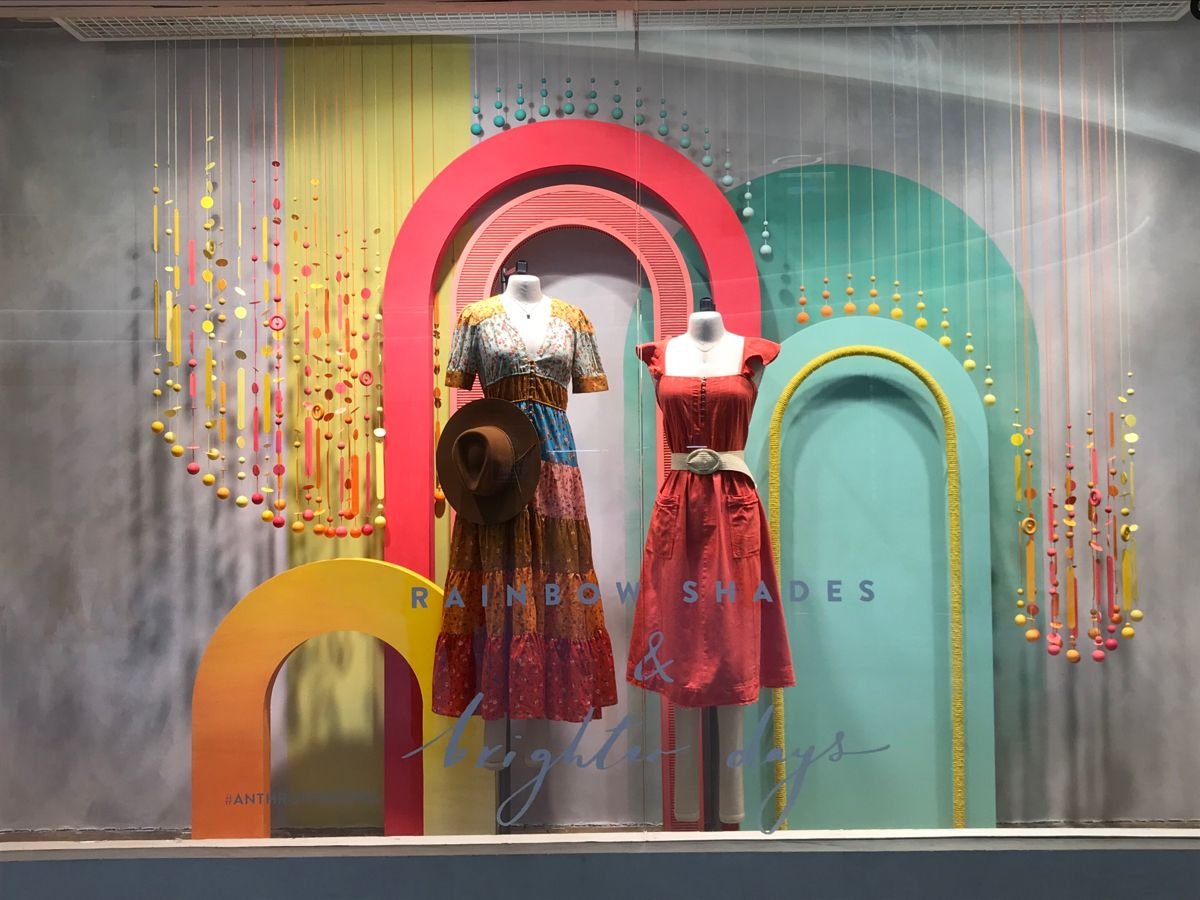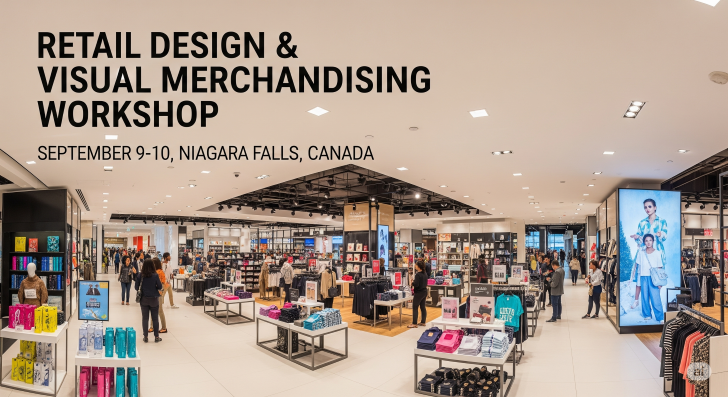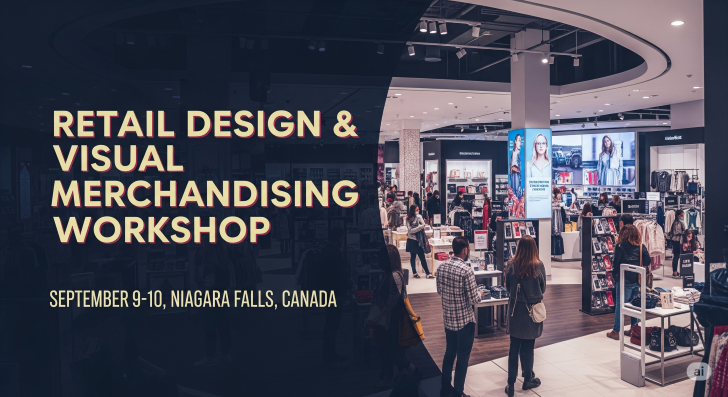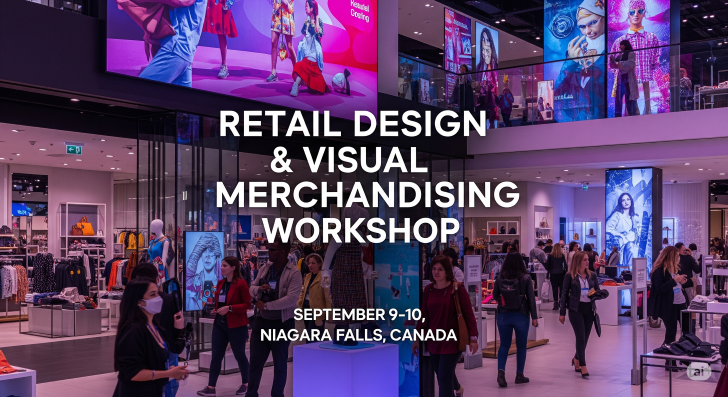
Confidential Insights and Rarely Discussed Techniques with Beyond the Basics of Visual Merchandising
Visual merchandising, at its core, is about much more than creating attractive product displays.
For those who go beyond the surface, it’s a deeply strategic function that involves customer psychology, brand storytelling, and environmental influence.
While many know the basics—such as color coordination, symmetry, and clean signage—few truly understand the rarely discussed techniques and confidential insights that drive high-performance merchandising strategies.
In this blog, we’ll pull back the curtain on visual merchandising’s deeper layers and explore advanced approaches that top retailers use to create immersive, high-converting environments.
The Power of Transitional Display Zones
One of the most overlooked strategies in visual merchandising is the concept of transitional display zones—micro-environments placed between major product areas that serve as visual and emotional bridges.
These aren’t endcaps or standalone feature tables; they’re intentionally designed “pause points” that reset the customer’s attention as they move from one part of the store to another.
Confidential Insight: Expert merchandisers use these zones to set the tone for what’s next, inject fresh energy, or introduce seasonal narratives.
For instance, a beauty retailer might place a sensory-focused “scent bar” between skincare and makeup, allowing customers to transition from a clinical vibe to a more playful one.
This rarely discussed technique re-engages shoppers and curates a smoother, more emotionally connected flow throughout the store.
Unspoken Influence: Color Temperature Psychology
Most merchandisers understand that colors evoke emotions, but few tap into the psychological depth of color temperature.
Warm hues like amber, coral, and rust create intimacy and excitement—ideal for fashion and beauty.
Cool tones like icy blue or soft gray slow shoppers down and encourage a more thoughtful, evaluative mindset—perfect for tech or wellness displays.
Rarely Discussed Technique: Use color temperature to pace your store.
Warm colors in fast zones like entry points or promotional corners signal urgency, while cooler tones in relaxation zones promote calm and longer browsing.
This strategic use of color temp not only directs behavior but also aligns the store’s emotional tone with the customer’s intended mindset.
Beyond the Basics: Triangular Display Construction
Triangular display structures are among the best-kept secrets in retail aesthetics.
While many default to flat, horizontal displays, elite merchandisers use triangular compositions—tallest items in the center or rear, descending outward—to guide the eye naturally through a visual arc.
Confidential Insight: The triangle draws attention upward and then outward, framing products like a spotlight without needing extra lighting.
This also creates an impression of abundance and flow without clutter.
This subtle tactic can increase product recall, especially when highlighting premium or new items.
It’s often used in high-end cosmetics and boutique apparel stores but works just as well in mass retail when executed with precision.
The ‘Slow Reveal’ Layout Strategy
Retailers often think product visibility should be immediate. However, one rarely discussed approach flips this concept—the slow reveal.
This strategy involves structuring the layout so that certain displays aren’t visible right away, encouraging shoppers to explore deeper into the space to discover hidden gems.
Rarely Discussed Technique: Think winding pathways, angled fixtures, or shelving that partially obscures deeper sections.
The intrigue this creates taps into the psychology of discovery, turning browsing into an adventure.
Used effectively, the slow reveal boosts dwell time and creates a more engaging customer journey.
It’s especially effective in stores with lifestyle-driven or experiential brands.
Invisible Anchors: Floor Texture and Material Transitions
Flooring may not seem like a merchandising tool, but in advanced retail design, it’s used to guide attention and change customer behavior.
Subtle shifts in material—from wood to tile, or matte to gloss—act as invisible anchors that delineate space without the need for signage or dividers.
Confidential Insight: Expert merchandisers collaborate with interior designers to use these textural cues to nudge traffic flow, indicate focal zones, and enhance perceived product value.
For example, a high-ticket product area might feature plush rugs or soft flooring to evoke luxury and encourage longer stays, while high-traffic zones may use more durable, brighter surfaces to signal fast movement.
Psychological Anchoring Through Repetition
Another technique rarely discussed in visual merchandising is psychological anchoring through repetition.
While visual variety keeps things fresh, repetition helps build comfort and brand consistency.
Using consistent shapes, iconography, or even directional patterns across multiple displays creates subconscious reassurance.
Beyond the Basics Tip: Repeat key visual motifs across touchpoints to strengthen brand memory.
For instance, using circular props in both window displays and product tables creates harmony and encourages brand cohesion, even if shoppers don’t consciously notice it.
This technique is incredibly effective in luxury retail, where everything from signage shapes to shadowing is repeated to build an elevated, controlled atmosphere.
Ambient Messaging: Subtle Behavioral Cues
Not all merchandising happens at eye level.
Ambient messaging—via floor decals, ceiling signage, or ambient lighting projections—is a subtle method to reinforce brand voice and customer behavior.
Unlike bold promotional signs, these cues work on a subconscious level.
Rarely Discussed Technique: Projected light patterns on the floor to guide foot traffic or texture decals that create tactile feedback (like soft carpets in “comfort” zones) can improve both navigation and customer mood.
These techniques are often used in flagship stores or concept locations to blend branding with environmental psychology, but even smaller stores can benefit from thoughtful ambient cues.
Subliminal Pairing: Item Frequency and Proximity
Traditional cross-merchandising suggests placing related products together.
But high-level merchandisers go deeper, using subliminal pairing—placing products near one another based on purchase frequency, not just category.
Confidential Insight: Data might show that customers who buy leather jackets also tend to buy hand sanitizers—not because they’re related, but because they reflect a lifestyle pattern (on-the-go, urban).
Merchandisers then position those items near each other subtly—not in a bundle, but within shared proximity.
This rarely discussed strategy creates unexpected upsells that feel organic and intelligent, not forced.
The Rule of Silent Merchandising
Silent merchandising refers to the art of creating impact without overt signage or instructions.
Displays are designed so intuitively that customers understand their purpose without needing direction.
This includes styling mannequins with items that are all within arm’s reach, placing QR codes only where needed, and avoiding overuse of callouts.
Beyond the Basics Insight: Silence in merchandising invites interaction and discovery.
When shoppers aren’t being shouted at by multiple signs, they linger longer, explore more freely, and form stronger impressions.
This strategy is increasingly popular in minimalist brands, wellness retail, and elevated boutique experiences where subtlety speaks volumes.
Elevate Your Merchandising with Under-the-Radar Strategies
Visual merchandising is a dynamic, evolving field that rewards creativity, precision, and an understanding of human behavior.
When you move beyond the basics and explore these rarely discussed techniques and confidential insights, you unlock a deeper connection with your customers.
To apply these concepts:
-
Integrate transitional zones that shift emotional tones.
-
Use layout strategies like triangular compositions and slow reveals.
-
Manipulate flooring, lighting, and ambient elements as silent influencers.
-
Tap into repetition, subliminal pairing, and silent merchandising to create a layered, intelligent experience.
These advanced techniques won’t just make your store look better—they’ll make it work smarter.
And in today’s competitive retail landscape, that’s what separates the merely attractive from the truly exceptional.





